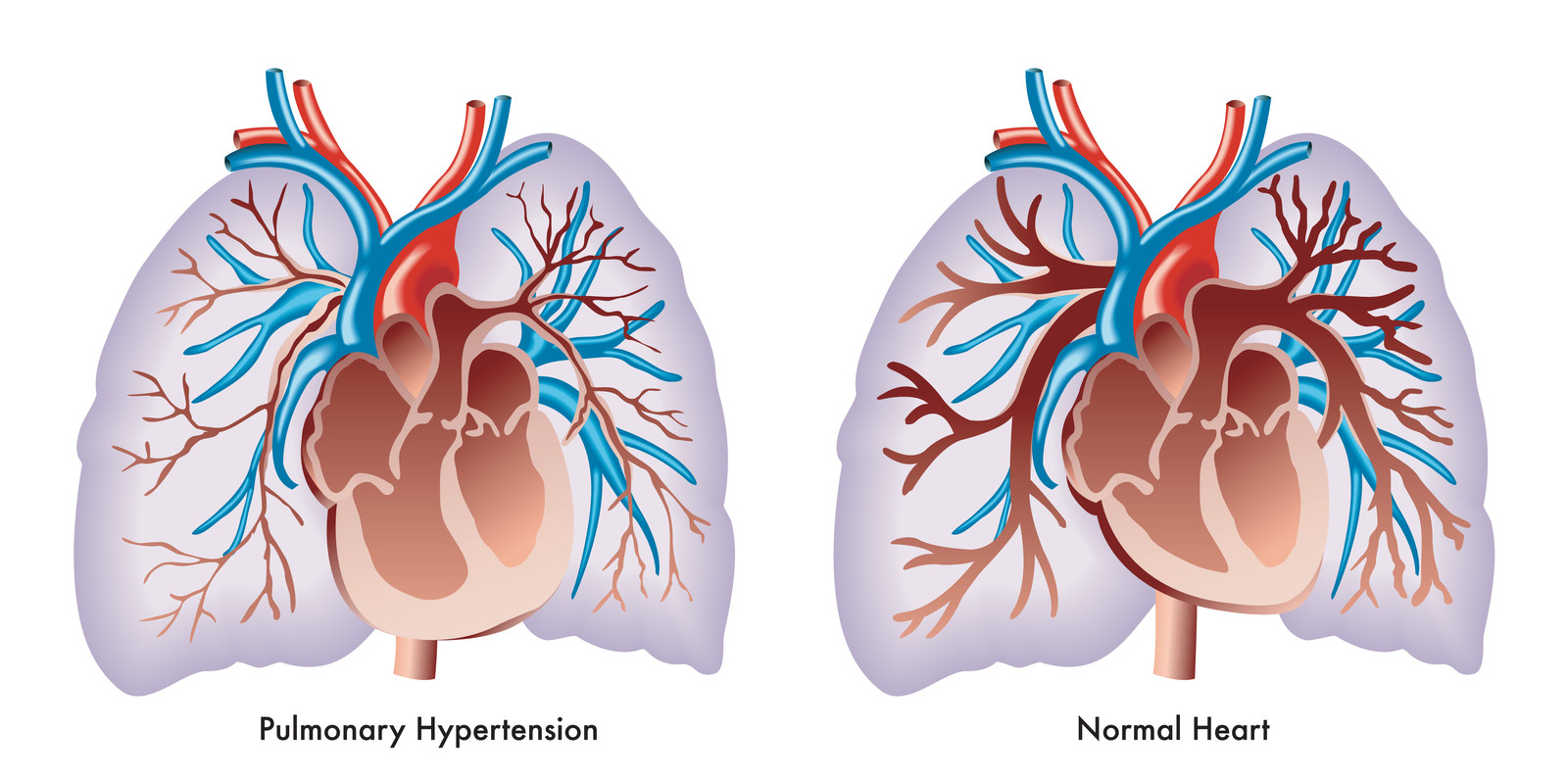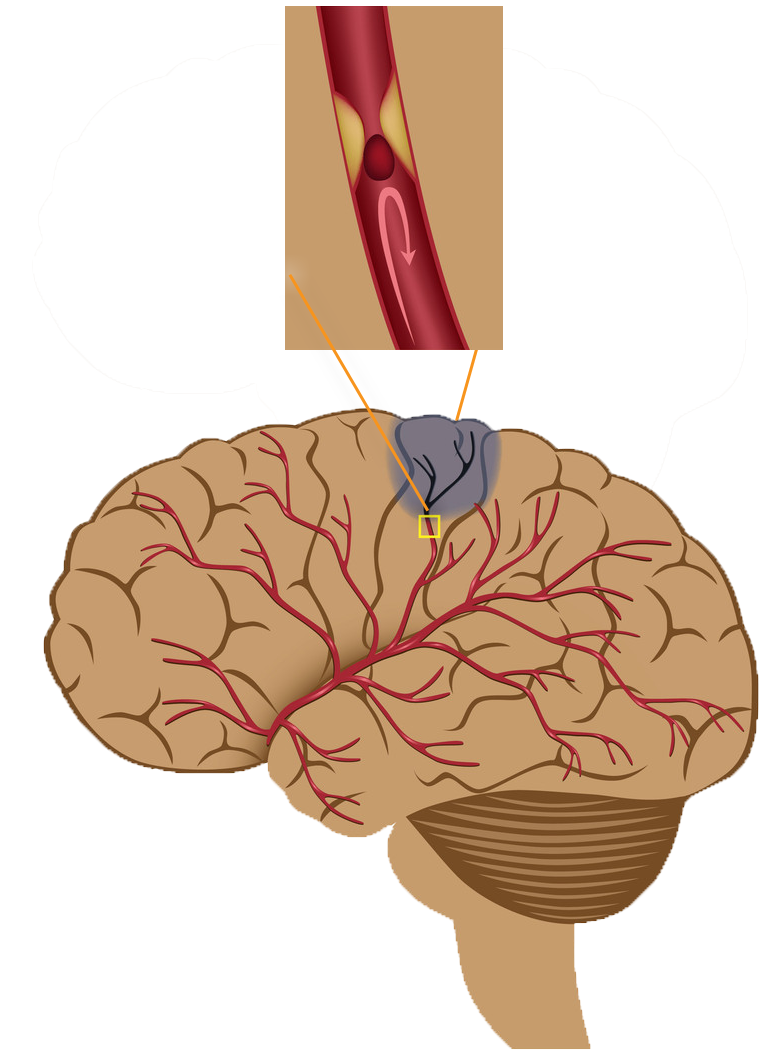ASSOCIATED CONDITIONS
ASSOCIATED CONDITIONS
As well as deep vein thrombosis (DVT) and pulmonary embolism (PE), blood clots in veins and arteries can cause a number of associated medical conditions. Some common conditions that are caused by blood clots are mentioned below.
Always talk to your doctor if you have any concerns about these conditions or if you think you have symptoms of blood clots.
MEDICAL CONDITIONS ASSOCIATED WITH BLOOD CLOTS
A sore and swollen leg after a deep vein thrombosis
A condition known as ‘post-thrombotic syndrome’ (PTS) can develop in some people who have had a DVT. It can happen months or years after the DVT and is the most common complication of DVT [1]. The symptoms can include pain and swelling, a feeling of heaviness and skin ulcers. Although there are no specific treatments for PTS, special stockings and keeping the leg elevated are recommended [1].
High blood pressure in the arteries of the lungs after a PE
A condition known as ‘chronic thromboembolic pulmonary hypertension’ can be a serious complication of PE. Usually a PE can be successfully treated. However, if the clot does not fully dissolve or a person suffers frequent recurrence of PE, the lungs can become damaged and undergo harmful changes that can result in high blood pressure in the pulmonary arteries [2].

The figure shows the consequences of pulmonary hypertension.
Inflammation of leg veins located near the surface of the skin
Superficial thrombophlebitis is the medical term for inflammation of leg veins that are located just under the skin. It is caused by a small blood clot that forms in a vein and causes inflammation of the vein wall and typically occurs in people with varicose veins [3].
MEDICAL CONDITIONS ASSOCIATED WITH BLOOD CLOTS IN ARTERIES
Stroke
A stroke happens when the blood supply to a part of the brain is interrupted and the brain cells do not receive enough oxygen and die. This may happen if an artery is blocked by a blood clot, called an ‘ischaemic’ stroke, or if a blood vessel bleeds in the brain, called a ‘haemorrhagic’ stroke [4].
The result from an arterial obstruction depends on which part of the brain is affected by the lack of oxygen and the extent of the blockage. Mild strokes or ‘transient ischaemic attacks’ are caused by limited blockage; they have the same symptoms as a stroke but usually last less than 24 hours before disappearing. Symptoms of a stroke may include speech, swallowing and vision impairment as well as paralysis of one side of the body or partial paralysis. A stroke can cause permanent damage to the brain. The functional symptoms of a stroke may improve over time, although in some cases the brain may not fully return to normal function.
If a stroke is suspected, it is important to seek immediate medical attention [4].
Symptoms of stroke
- Sudden paralysis or weakness in the face, arms or legs, in particular on one side of the body
- Sudden confusion or impairment of speech or understanding
- Sudden vision impairment in one or both eyes
Sudden gait disturbance, dizziness, or balance or coordination impairment

Figure: The diagram shows the blockage of an artery in the brain by a blood clot.
Heart attack
A heart attack or myocardial infarction (MI for short) is the result of interruption to the blood supply to the heart [5]. If a thrombus blocks an artery which supplies blood to the cardiac muscle (a coronary artery), a life-threatening heart attack can occur. The heart muscle works continuously to pump blood around the body and requires a constant supply of oxygen-rich blood to nourish it. The coronary arteries provide the heart with this critical blood supply. If the blocked artery is not reopened within a few hours, the consequence is the death of cardiac muscle cells [5]. The damage to the muscular tissue can affect the heart’s ability to function normally.
Typical warning signs of a heart attack are discomfort and/or pain in the chest, which feel like heaviness or tightness [6]. Other common symptoms include discomfort in the arm(s), shoulder(s), neck, jaw or back as well as shortness of breath, nausea, cold sweat and dizziness [6]. These symptoms can come suddenly and usually last for 10 minutes or longer [6].
If a heart attack is suspected, it is important to seek immediate medical attention.

Figure: chest pain is often a sign of a heart attack (myocardial infarction).
This website offers general information only. Please see a healthcare professional for medical advice.
REFERENCES
1. National Blood Clot Alliance. Post-thrombotic syndrome. Accessed on 15 April 2025.
2. Cleveland Clinic. Chronic Thromboembolic Pulmonary Hypertension (CTEPH). Accessed on 15 April 2025.
3. Cleveland Clinic. Superficial thrombophlebitis. Accessed on 15 April 2025.
4. Stroke Foundation. About stroke. Accessed on 15 April 2025.
5. National Heart Foundation of Australia. Heart attack. Accessed on 15 April 2025.
6. National Heart Foundation of Australia. Heart attack symptoms. Accessed on 15 April 2025.
